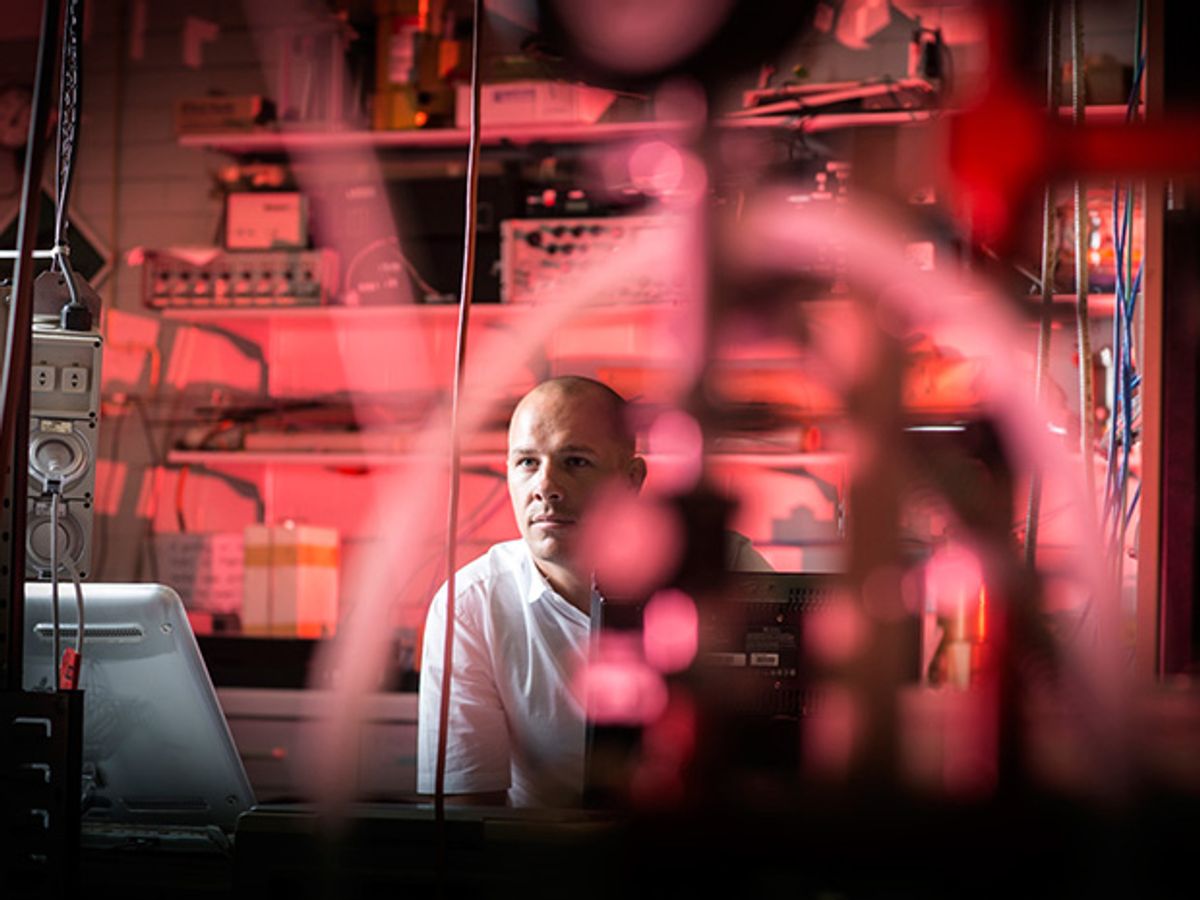Nanowires are developing quite the reputation in photonics. But even that growing status is dwarfed by the amount of research that has gone into developing semiconductor nanowires since the late 1990s. Research teams like those run by Charles Lieber at Harvard University, Zhong Lin Wang at Georgia Tech, and Lars Samuelson at Lund University are a few of the leading groups that have been spearheading this research over the last decade.
Now a research group at the University of Wollongong in Australia claims to have made a breakthrough in the production of semiconductor nanowires that could have an enormous impact on photonics applications such as telecommunications.
In a paper published in the journal Nanoscale, the researchers say that the key to the breakthrough was the addition of the element bismuth to the elements arsenic and gallium. The heavier element bismuth resists joining the arsenic-gallium crystal, and as a result, forms a coating on the surface of the crystal that is an array of small droplets.
“These droplets act as a catalyst for the growth of nanostructures, which in this case turned out to self-assemble in the form of tracks,” said Julian Steele, a coauthor of the research, in a press release. The nanotracks themselves were grown by the Australian team’s UK and U.S. collaborators; they were actually trying to grow solid thin-film materials.
“We were able to add to the work in understanding what we were seeing and why the tracks formed,” says Steele. “The problem with trying to understand how the nanotrack shape is formed is the fact that only a handful of theoretical models exist to describe how they grow, and none that explains our unusual shapes.”
The Australian researchers demonstrated in simulations a new self-assembly new growth model for the nanowires that could overcome the prohibitive costs associated with using nanowires in a range of electronic applications.
“Because of the price tag currently attached with their fabrication, the science of nanowires still remains in the world of laboratories,” said Steele in the press release. He added:
In the same way that the development of new materials late in the 20th century helped to realize our current tech-age—from smartphones to driverless cars—the next frontier is how to assemble these materials at the nanoscale in order to exploit small-scale physics (quantum mechanics) for enhanced efficiency and function.
Dexter Johnson is a contributing editor at IEEE Spectrum, with a focus on nanotechnology.



